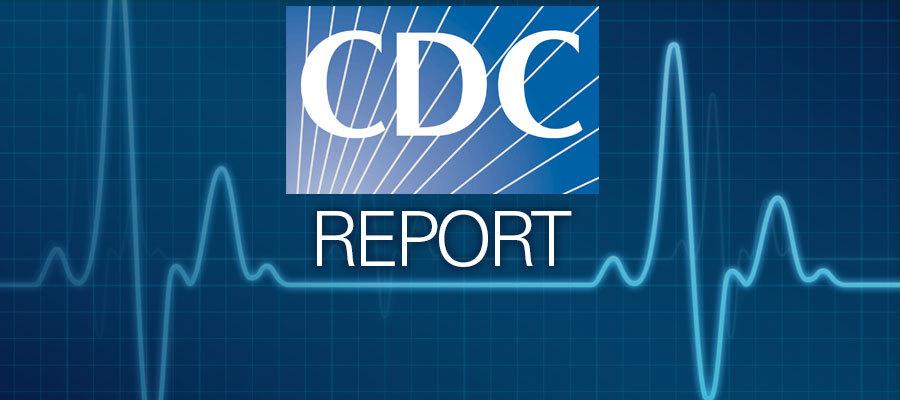CDC releases first national maternal mortality data since 2007

The national maternal mortality rate in 2018 was 17.4 per 100,000 live births, and ranged from 11.8 per 100,000 for Hispanic women to 37.1 per 100,000 for black women, according to data released today by the National Center for Health Statistics. The estimates are the first national maternal mortality estimates since 2007 due to a new standard death certificate implemented between 2003 and 2017 that added a checkbox on pregnancy status at the time of death. While the national maternal mortality rate is more than double the rate before adding the checkbox, “a majority of the increase is because of changes in reporting methods,” the agency said. “After evaluating more comparable data, the rate has not significantly changed since 1999.” Maternal health is a high priority for AHA and its member hospitals and health systems. For more on how hospitals are working to advance better health for mothers and babies, visit https://www.aha.org/better-health-for-mothers-and-babies.

